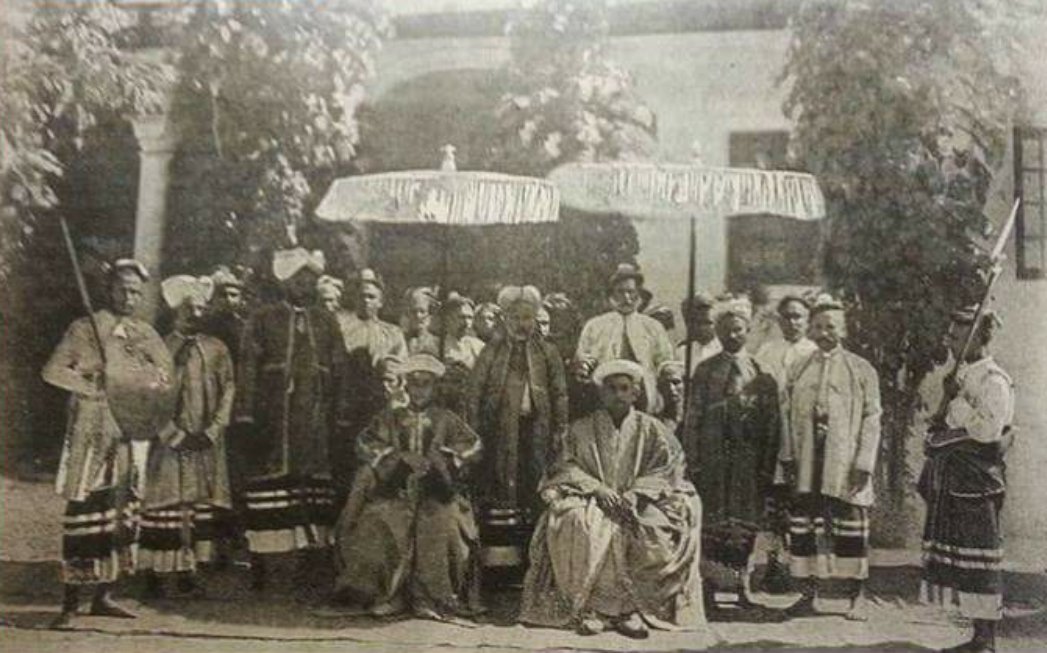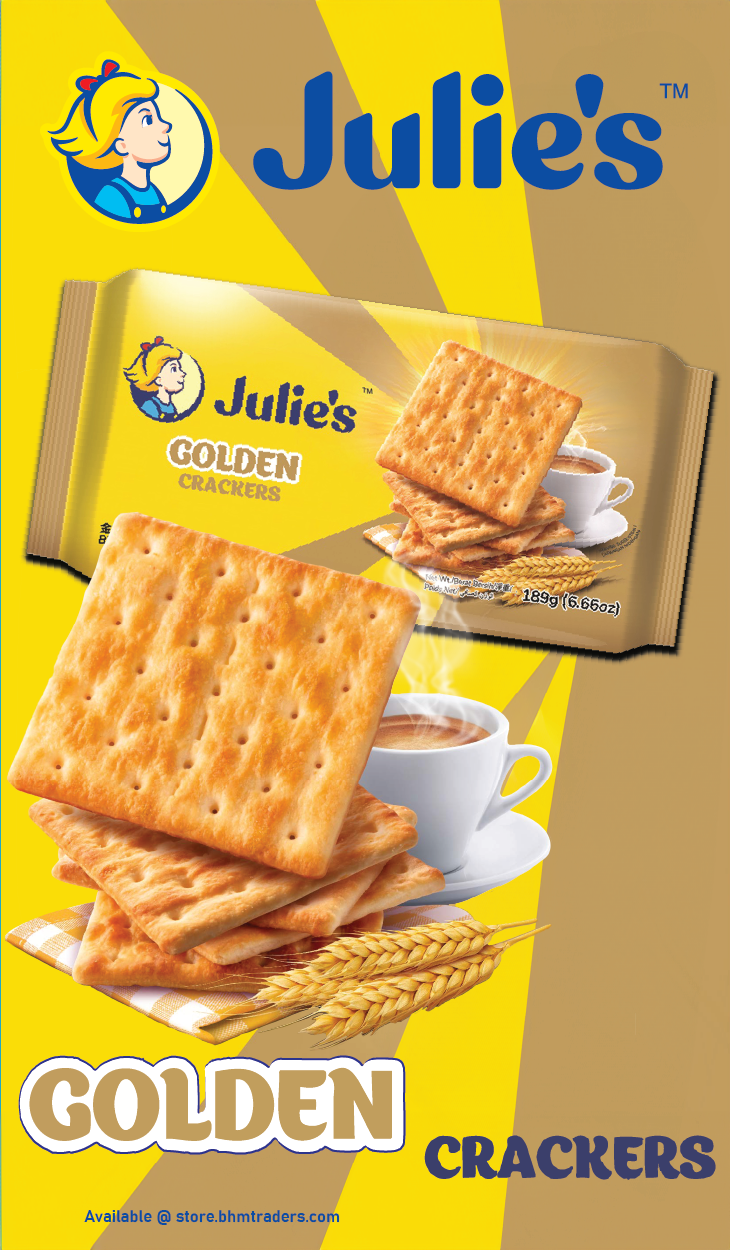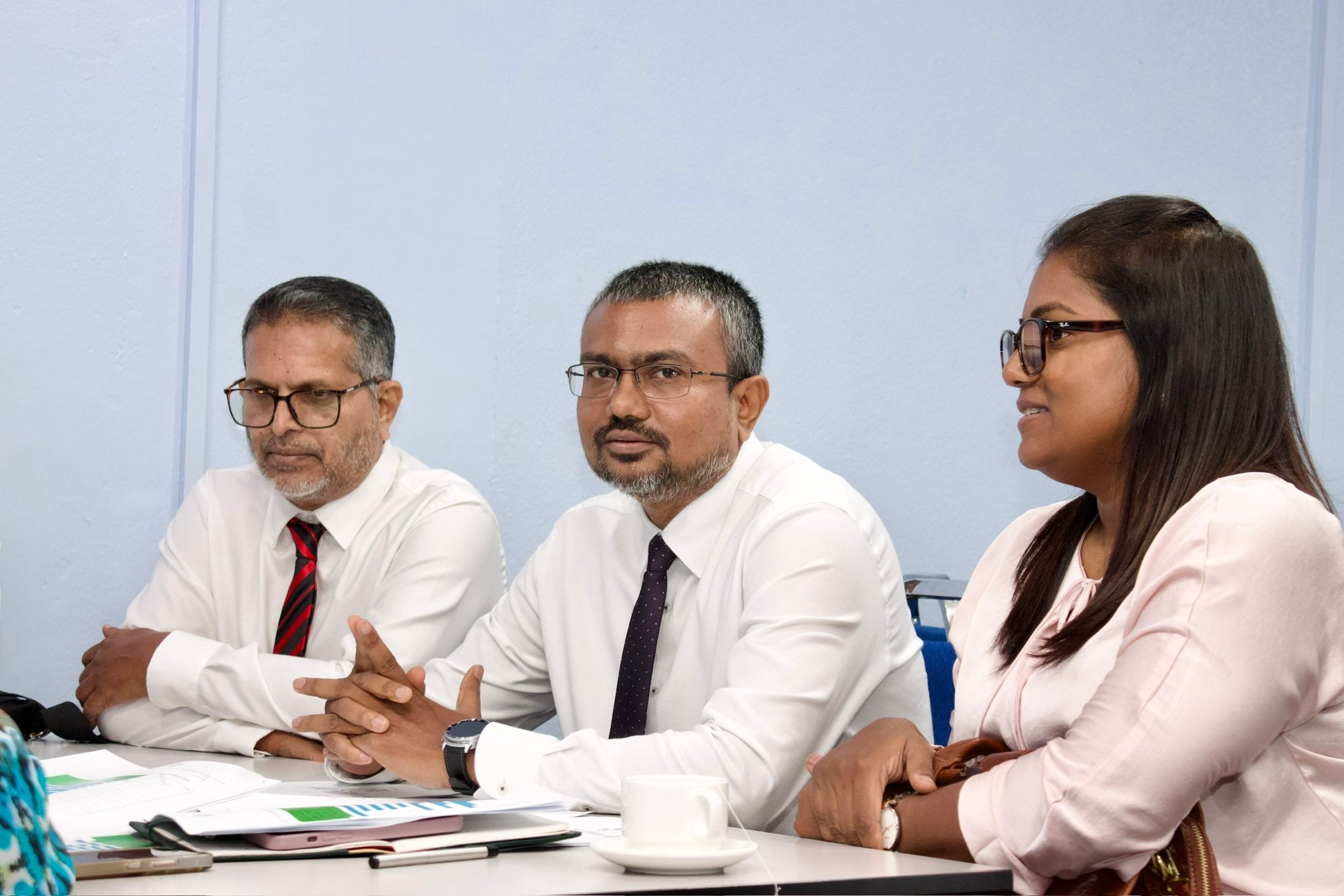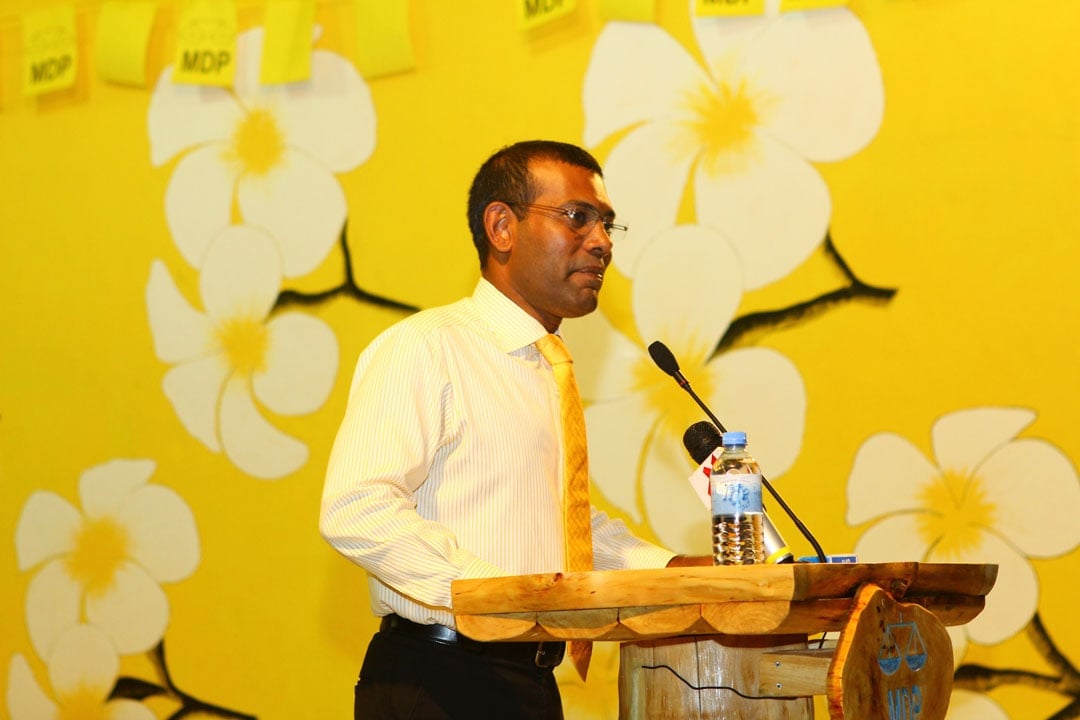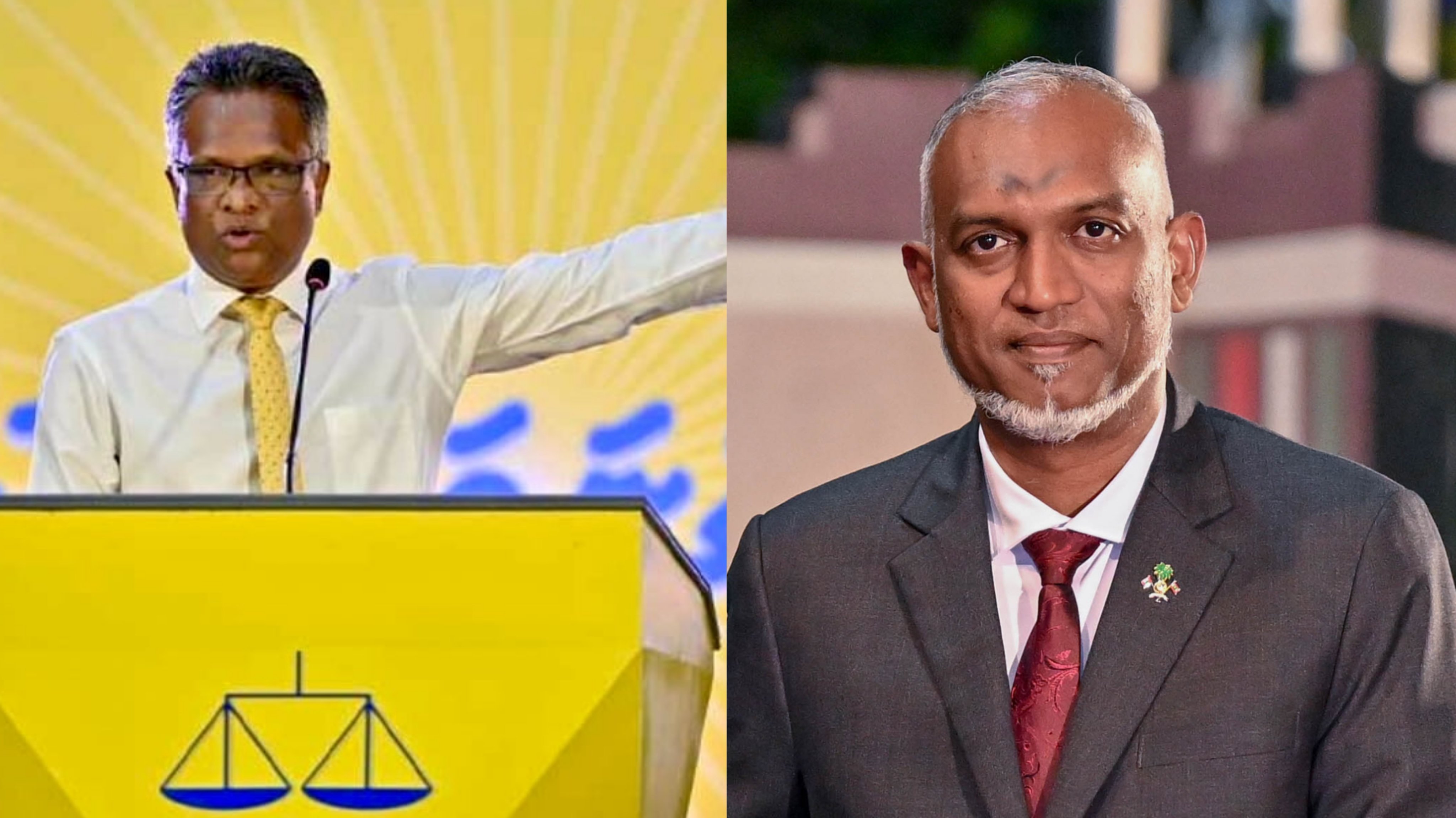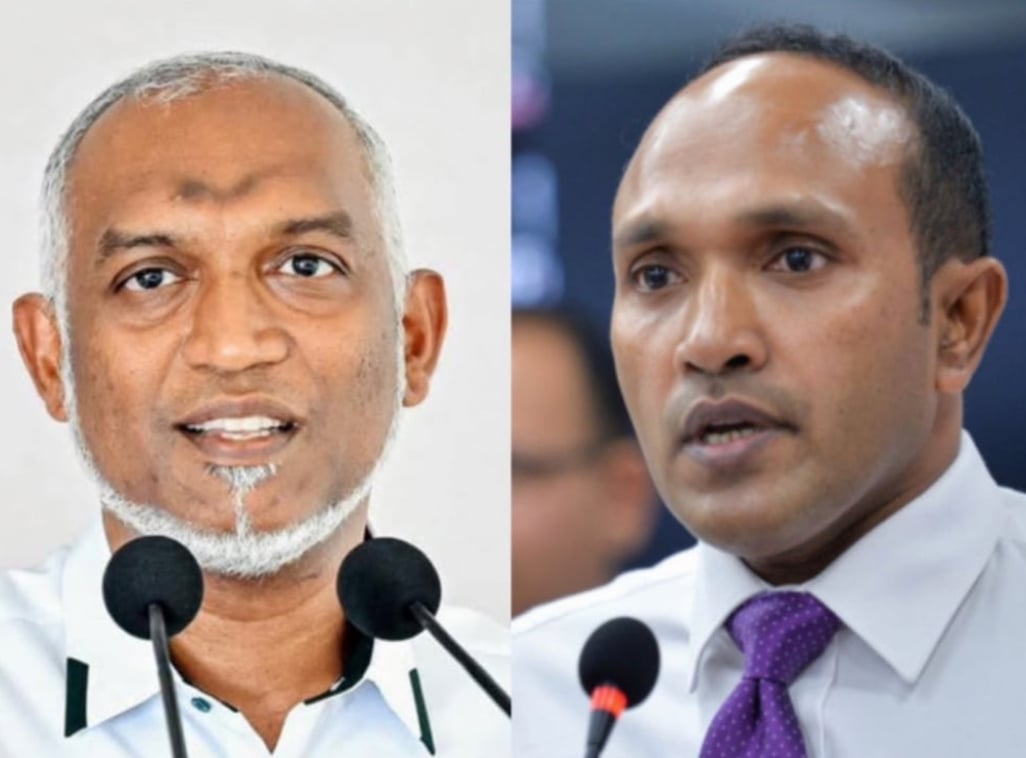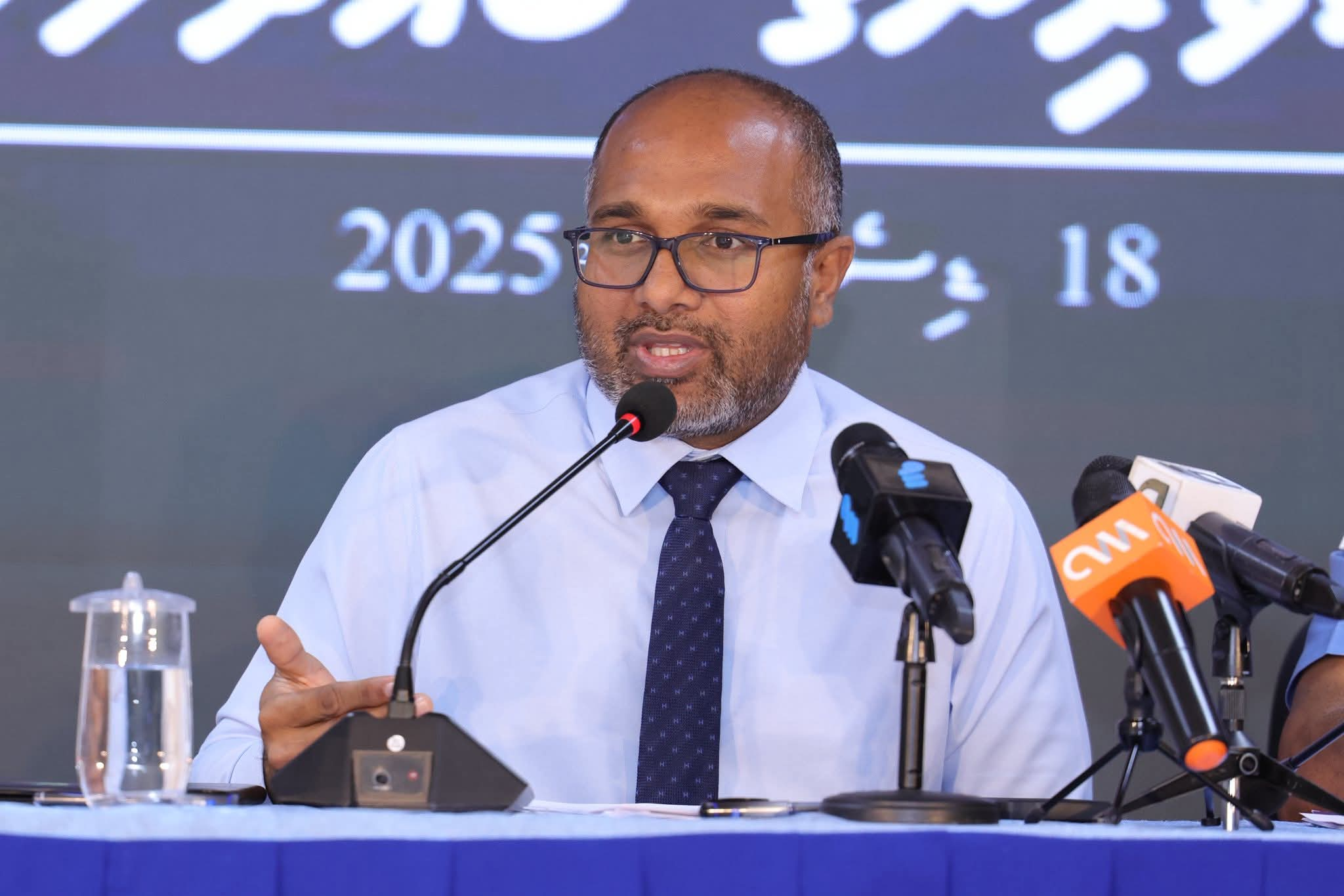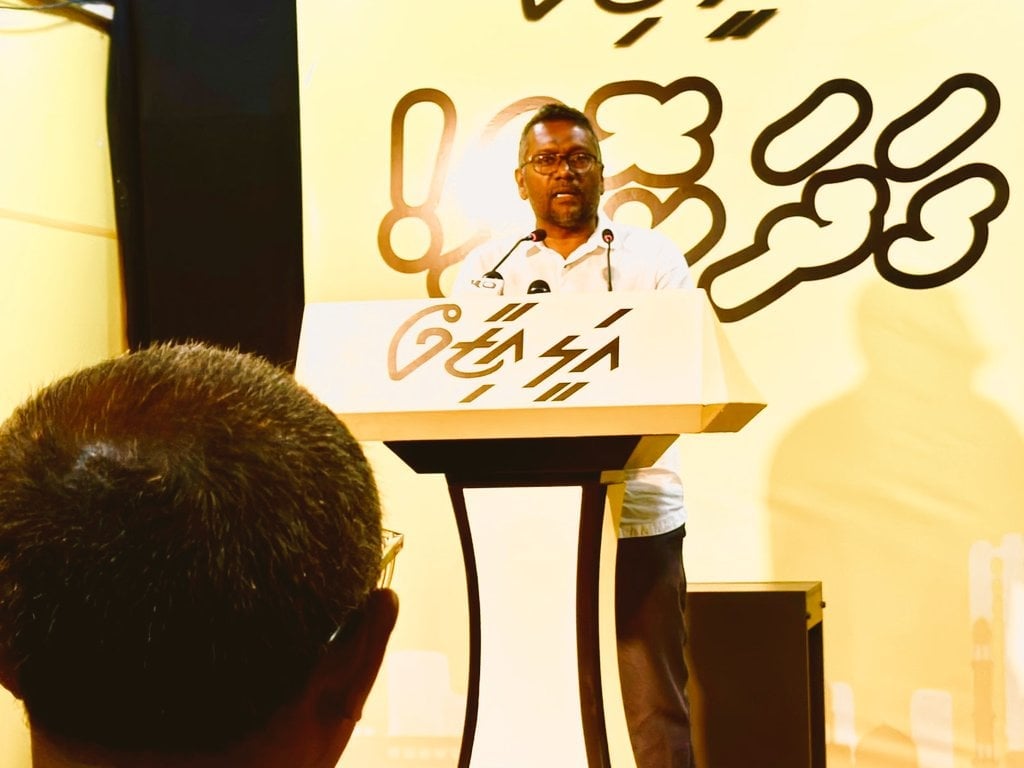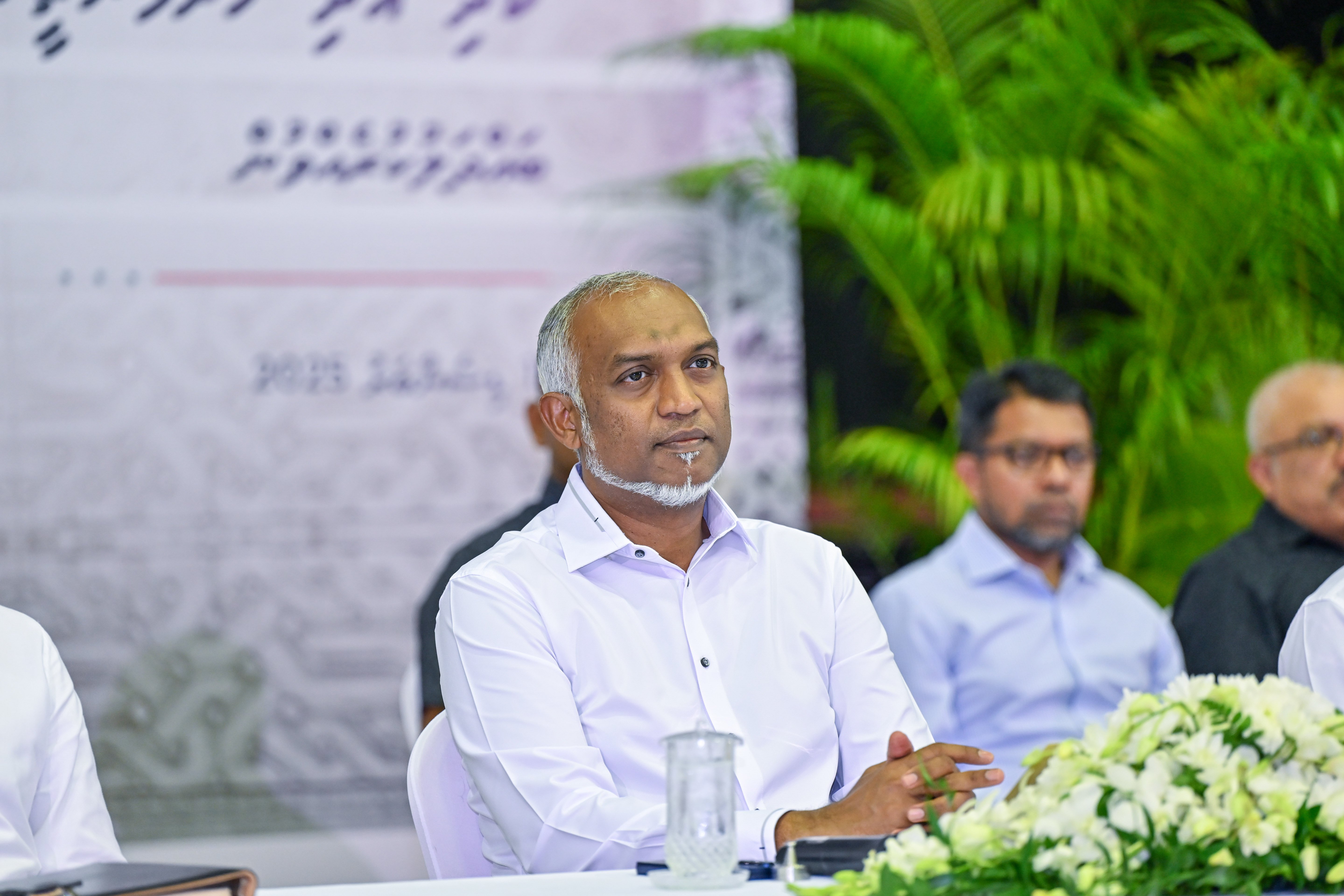In the early 20th century, the Maldives operated under a unique form of governance that blended monarchical tradition with the will of its people, as described by H.C.P. Bell in his 1920 work, "The Máldive Islands." For centuries, the Maldives had functioned as a constitutional monarchy, where the Sultan’s authority was tempered by the influence of chieftains and the populace. This system, rooted in the "people’s will" and shaped by the islands’ isolation in the Indian Ocean, allowed for a delicate balance of power, occasionally punctuated by revolutions—sometimes peaceful, but in earlier times, marked by violence and tragedy.
The Sultan and His Councils
At the heart of Maldivian governance was the Sultan, whose rule was supported by three advisory councils: the "Raskamuge Is Majilis" (Chief Council), the "Raskamuge Dhevana Majilis" (Second Council), and the "Raskamuge Thinvana Majilis" (Third Council). These councils, loosely comparable to the executive, legislative, and municipal councils of colonial Ceylon, played critical roles in the administration of the Maldives.
1. Raskamuge Is Majilis (Chief Council)
The Chief Council was the most exclusive, convened only for urgent and significant matters, such as diplomatic engagements or ceremonial events. Its members included the Sultan, up to six high-ranking nobles titled "Kilagefaanu," and, when necessary, the "Fan'diyaaru" (or "Qazi"), the Chief Judicial Officer. This council did not meet regularly, reserving its authority for pivotal moments in governance.
2. Raskamuge Dhevana Majilis (Second Council)
The Second Council was more active, handling matters related to revenue, municipal administration, and other routine governance issues. It comprised the six "Kilagefaanu" nobles, the "Qazi", six "Vazeers" (high-ranking officials), the "Bodu Ban'deyri" (Treasurer), the "Han'dheygiri" (Principal Collector of Customs), and representatives from the four Avah of Malé (Avarhu-verin). With up to 18 members, this council met irregularly but far more frequently than the Chief Council, ensuring the smooth operation of the state.
3. Raskamuge Thinvana Majilis (Third Council)
The Third Council was a broader assembly, incorporating members from the first two councils alongside nine "Edhuru Beykalun" (instructors) responsible for training gunners and overseeing "Kulhijehun" (traditional Maldivian sports). Like the Chief Council, it convened intermittently, addressing a range of administrative and cultural concerns.
The Kilagefaanu Nobles
The "Kilagefaanu" were the highest-ranking nobles, limited to six at any given time, each bearing a distinct title: "Dhorhimeynaa", "Faarhinaa", "Ranna Ban'deyri", "Faamudheyri", "Maafaiy", and "Dhaharaa". In the early 1900s, five nobles held this rank, including prominent figures. These nobles were central to the governance structure, wielding significant influence in both council deliberations and state administration.
The Vazeers and Other Key Officials
The "Vazeers", traditionally six in number, were senior officials with titles mirroring those of the "Kilagefaanu" (Dhorhimeynaa, Hakuraa, Velaanaa, Faamudheyri, Maafaiy, and Dhaharaa). Though the term "Vazeer" was technically reserved for the first three, all six were commonly referred to as such. By the early 1900s, no new "Vazeer" appointments were made.
Beyond the Kilegefaanus and Vazeers, other key officials included:
Bodu Ban'deyri: The Treasurer and Controller of Revenue, responsible for collecting dues from the atolls through local headmen (Atholhu-veri). The role was held by the Prime Minister's son, Athireegey Abdul Majeed Didi, a dynamic figure credited with modernizing Malé under the Sultan’s authority.
Maa Ban'deyri: Overseer of palace affairs, issuing orders to department heads on behalf of the Sultan.
Maakorhaaru Ban'deyri: The Government Storekeeper, managing imported goods like rice.
Bodu Kibaa Ban'deyri and Kuda Kibaa Ban'deyri Responsible for the household arrangements of the royal family.
Han'dheygiri (Shah Bandhar) and Farumeytu-veri: The former, a title in abeyance, was replaced by the latter, the Principal Collector of Customs, a role efficiently filled by the Prime Minister's elder son, Athireegey Ahmed Didi.
A System Rooted in Tradition and Adaptation
The Maldivian administration in the early 1900s was a fascinating blend of tradition and pragmatism. While the Sultan held nominal supreme authority, his power was checked by the influence of nobles, councils, and the people, who could enforce their will through revolutions when necessary. The council system ensured that governance was collaborative, with each body addressing specific aspects of statecraft, from high-level diplomacy to municipal management. Meanwhile, officials like the Kilegefaanu and Bodu Ban'deyri played pivotal roles in maintaining the economic and administrative stability of the islands.
This system, as Bell notes, was deeply rooted in the unique cultural and geographic context of the Maldives, “compassed by the inviolate sea.” It reflected a society that balanced respect for tradition with the need for effective governance, setting the stage for the eventual adoption of the Maldivian first constitution later in 1932.
The Sultan and His Councils
At the heart of Maldivian governance was the Sultan, whose rule was supported by three advisory councils: the "Raskamuge Is Majilis" (Chief Council), the "Raskamuge Dhevana Majilis" (Second Council), and the "Raskamuge Thinvana Majilis" (Third Council). These councils, loosely comparable to the executive, legislative, and municipal councils of colonial Ceylon, played critical roles in the administration of the Maldives.
1. Raskamuge Is Majilis (Chief Council)
The Chief Council was the most exclusive, convened only for urgent and significant matters, such as diplomatic engagements or ceremonial events. Its members included the Sultan, up to six high-ranking nobles titled "Kilagefaanu," and, when necessary, the "Fan'diyaaru" (or "Qazi"), the Chief Judicial Officer. This council did not meet regularly, reserving its authority for pivotal moments in governance.
2. Raskamuge Dhevana Majilis (Second Council)
The Second Council was more active, handling matters related to revenue, municipal administration, and other routine governance issues. It comprised the six "Kilagefaanu" nobles, the "Qazi", six "Vazeers" (high-ranking officials), the "Bodu Ban'deyri" (Treasurer), the "Han'dheygiri" (Principal Collector of Customs), and representatives from the four Avah of Malé (Avarhu-verin). With up to 18 members, this council met irregularly but far more frequently than the Chief Council, ensuring the smooth operation of the state.
3. Raskamuge Thinvana Majilis (Third Council)
The Third Council was a broader assembly, incorporating members from the first two councils alongside nine "Edhuru Beykalun" (instructors) responsible for training gunners and overseeing "Kulhijehun" (traditional Maldivian sports). Like the Chief Council, it convened intermittently, addressing a range of administrative and cultural concerns.
The Kilagefaanu Nobles
The "Kilagefaanu" were the highest-ranking nobles, limited to six at any given time, each bearing a distinct title: "Dhorhimeynaa", "Faarhinaa", "Ranna Ban'deyri", "Faamudheyri", "Maafaiy", and "Dhaharaa". In the early 1900s, five nobles held this rank, including prominent figures. These nobles were central to the governance structure, wielding significant influence in both council deliberations and state administration.
The Vazeers and Other Key Officials
The "Vazeers", traditionally six in number, were senior officials with titles mirroring those of the "Kilagefaanu" (Dhorhimeynaa, Hakuraa, Velaanaa, Faamudheyri, Maafaiy, and Dhaharaa). Though the term "Vazeer" was technically reserved for the first three, all six were commonly referred to as such. By the early 1900s, no new "Vazeer" appointments were made.
Beyond the Kilegefaanus and Vazeers, other key officials included:
Bodu Ban'deyri: The Treasurer and Controller of Revenue, responsible for collecting dues from the atolls through local headmen (Atholhu-veri). The role was held by the Prime Minister's son, Athireegey Abdul Majeed Didi, a dynamic figure credited with modernizing Malé under the Sultan’s authority.
Maa Ban'deyri: Overseer of palace affairs, issuing orders to department heads on behalf of the Sultan.
Maakorhaaru Ban'deyri: The Government Storekeeper, managing imported goods like rice.
Bodu Kibaa Ban'deyri and Kuda Kibaa Ban'deyri Responsible for the household arrangements of the royal family.
Han'dheygiri (Shah Bandhar) and Farumeytu-veri: The former, a title in abeyance, was replaced by the latter, the Principal Collector of Customs, a role efficiently filled by the Prime Minister's elder son, Athireegey Ahmed Didi.
A System Rooted in Tradition and Adaptation
The Maldivian administration in the early 1900s was a fascinating blend of tradition and pragmatism. While the Sultan held nominal supreme authority, his power was checked by the influence of nobles, councils, and the people, who could enforce their will through revolutions when necessary. The council system ensured that governance was collaborative, with each body addressing specific aspects of statecraft, from high-level diplomacy to municipal management. Meanwhile, officials like the Kilegefaanu and Bodu Ban'deyri played pivotal roles in maintaining the economic and administrative stability of the islands.
This system, as Bell notes, was deeply rooted in the unique cultural and geographic context of the Maldives, “compassed by the inviolate sea.” It reflected a society that balanced respect for tradition with the need for effective governance, setting the stage for the eventual adoption of the Maldivian first constitution later in 1932.




